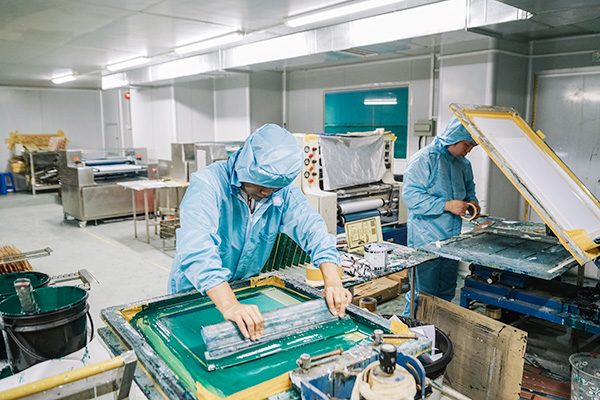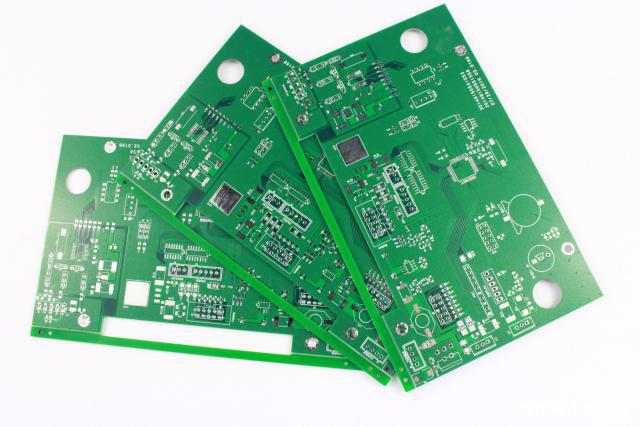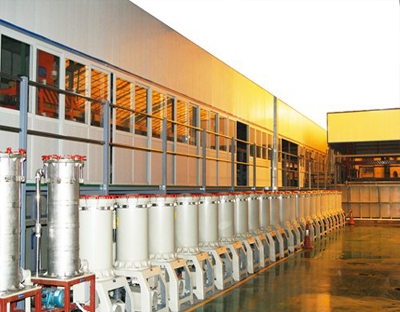Silk screen is short for “screen printing”. Screen printing is to stretch silk fabric, synthetic fiber fabric or metal mesh on the screen frame, and use the method of hand-carving paint film or photochemical plate making to make the screen printing plate. Modern screen printing technology uses photosensitive materials to make screen printing plates (make the meshes of the graphic parts of the screen printing plates pass through, and the meshes of the non-graphic parts are blocked). When printing, the ink is squeezed by the squeegee and transferred to the substrate through the mesh of the graphic and text, forming the same graphic and text as the original.
Serigraphy began in the late 19th century. This kind of printing is carried out on a special wax paper. A typewriter or a stylus is used to make a wax paper plate, which is printed on the wax paper plate with an ink roller, and an ideal printing effect can be obtained on the substrate. In stencil printing, screen printing is the most widely used.
Screen printing is to stretch silk fabric, synthetic fiber fabric or metal mesh on the screen frame, and use the method of hand-carving paint film or photochemical plate making to make the screen printing plate. Modern screen printing technology uses photosensitive materials to make screen printing plates. The screen printing equipment is simple, convenient to operate, simple in printing and plate making, low in cost and strong in adaptability. Screen printing has a wide range of applications. Common printed materials include: PCB boards, color oil paintings, posters, business cards, covers, product signs, printing and dyeing textiles, etc.








 Jul. 17, 2020
Jul. 17, 2020 



